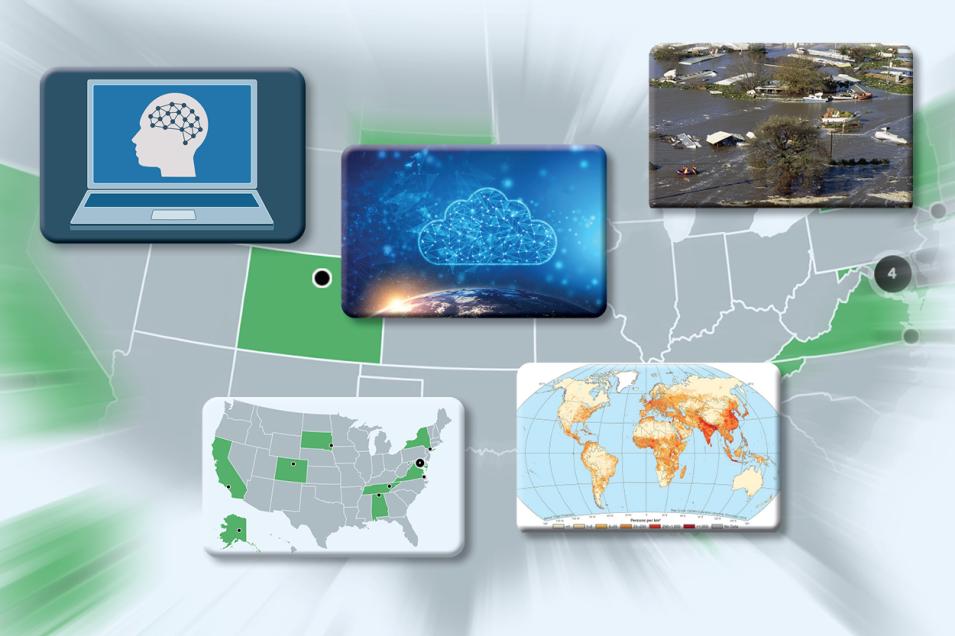Spread throughout the United States, NASA’s 12 Distributed Active Archive Centers (DAACs) process, archive, document, and distribute NASA Earth science data, services, and tools to support scientists and researchers working in specific disciplines. At the same time, the DAACs also work in concert with one another to provide reliable, robust services to data users whose needs cross the traditional boundaries of a particular field of study. It’s a big and multifaceted job that requires a skilled and technologically savvy staff to complete. To help the DAACs achieve their missions and to provide real-world skills and experience for the next generation of data scientists, managers, and archivists, NASA’s DAACs enlist the assistance of interns eager to expand their abilities and expertise.
During the summer of 2023, five DAACs hosted interns who worked on everything from developing new datasets and application programming interfaces (APIs), to machine learning applications and data visualization tools. The following is a snapshot of the young men and women working around the country to help DAACs advance Earth science discoveries.
